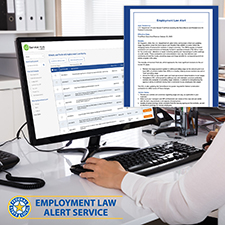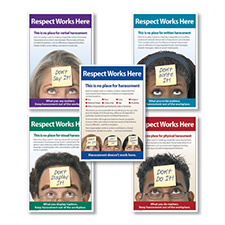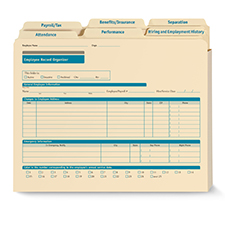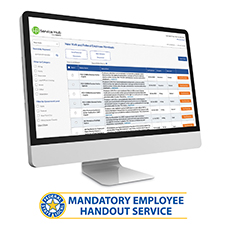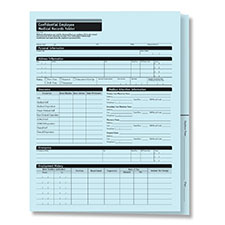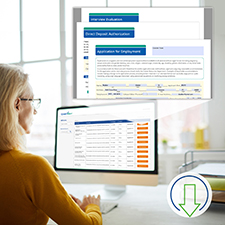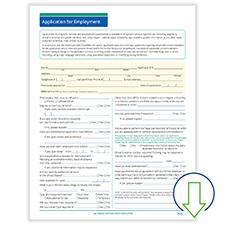
The new Biden administration is setting its sights on a higher 2021 federal minimum wage. After previous failed attempts by Congress to increase the present rate of $7.25/hour, wage-focused legislation is back in play. In January 2021, the Raise the Wage Act was introduced to garner new support and expand the federal wage, in annual increments, to $15/hour by 2025.
These federal-level efforts are currently on hold, but many legal experts feel that some sort of movement is likely in 2021. And regardless of any delays with a new federal minimum wage, changes remain brisk among states, counties and cities. What does this mean for your HR practices — from payroll to posting compliance? Let’s review the key issues and what it takes to keep compliant with current changes, in addition to preparing for a potential new federal minimum wage.
Did You Know? Since 1938, the federal minimum wage has increased 22 times – from 25 cents an hour to the current rate of $7.25, established in 2009.
Rise in State and Local Minimum Wage Changes
From a legislative perspective, it’s important to recognize that states have authority to pass laws that are more generous than federal law, and municipalities can enact laws that surpass state laws. That’s why we’re seeing a flurry of state, city and county minimum wages that are higher than the federal wage.
As of March 2021, 20 states and 30+ cities have already raised their minimum wage and several other states are planning to increase their minimum wage later in the year. These locations include:
| Alaska | $10.34 | January 1 |
| Arizona | $12.15 | January 1 |
| Arkansas | $11.00 | January 1 |
| California | $14.00 (26 or more employees) | January 1 |
| Colorado | $12.32 | January 1 |
| Connecticut | $13.00 | August 1 |
| District of Columbia | $15.20 | July 1 |
| Florida | $8.26 ($10.00 September 30) | January 1 |
| Illinois | $11.00 | January 1 |
| Maine | $12.15 | January 1 |
| Maryland | $11.75 (15 or more employees) | January 1 |
| Massachusetts | $13.50 | January 1 |
| Minnesota | $10.80 (annual gross revenue of $500,000+) | January 1 |
| Missouri | $10.30 | January 1 |
| Montana | $8.75 | January 1 |
| Nevada | $9.75 (no health benefits offered) | July 1 |
| New Jersey | $12.00 (six or more employees) | January 1 |
| New Mexico | $10.50 | January 1 |
| New York State | Variable rates based on location | December 31, 2020 |
| Ohio | $8.80 (gross revenue $323,000+) | January 1 |
| Oregon | Variable rates based on location | July 1 |
| South Dakota | $9.45 | January 1 |
| Vermont | $11.75 | January 1 |
| Virginia | $9.50 | May 1 |
| Washington | $13.69 | January 1 |
| Some cities include: | ||
| Flagstaff, Arizona | $15.00 | January 1 |
| Belmont, California | $15.90 | January 1 |
| Cupertino, California | $15.65 | January 1 |
| Mountain View, California | $16.30 | January 1 |
| Oakland, California | $14.36 | January 1 |
| Palo Alto, California | $15.65 | January 1 |
| Sunnyvale, California | $16.30 | January 1 |
| Denver, Colorado | $14.77 | January 1 |
| Las Cruces, New Mexico | $10.50 | January 1 |
| Seattle, Washington | $16.69 (more than 500 employees) | January 1 |
This impacts your business in a few different ways, most notably payroll and postings:
Payroll – When federal, state and local minimum wage laws differ, you’re legally required under the Fair Labor Standards Act (FLSA) to pay the most generous rate to your hourly, nonexempt workers. Along with paying the highest possible minimum wage, you must provide overtime pay of time-and-a-half for 40+ hours in a workweek. It’s advisable to complete a Payroll/Status Change Notice to document any wage changes with affected employees — and carefully track their hours to protect your business from any disputes.
You may also need to distribute state-specific employee handouts covering wage theft, which is when employers don’t pay their staff what they’re rightfully owed, whether through minimum wage and overtime violations or by expecting employees to work “off the clock” or taking illegal deductions. A handful of states — including California and Minnesota — have passed laws requiring specific notifications.
Postings – If you operate a business in most of the states and cities listed above, you’re at risk of non-compliance if your workplace labor law postings don’t reflect the latest 2021 minimum wage increases. Something else to consider: Although 29 states and Washington, D.C. now have higher rates than the current federal rate of $7.25/hour, businesses in these locations must post the federal FLSA poster and all applicable state and local postings.
To ensure complete compliance, follow these pointers:
- Display all postings in every business location — even when federal, state or local minimum wages conflict.
- Check out the Minimum Wage Monitor™ Premium Service for a precise, real-time view of state and local minimum wage rates across the United States, the District of Columbia and Puerto Rico. This interactive tool allows you to verify the latest minimum wages, as well as those scheduled to take effect so you can plan ahead for any changes.
- Rely on our dedicated servicePoster Guard®Compliance Protection, for 365 days of guaranteed, hassle-free labor law posting compliance. You’ll receive an up-to-date federal, state and local poster set, along with automatic poster replacements every time a mandatory change (such as minimum wage) occurs.






 Shopping cart
Shopping cart